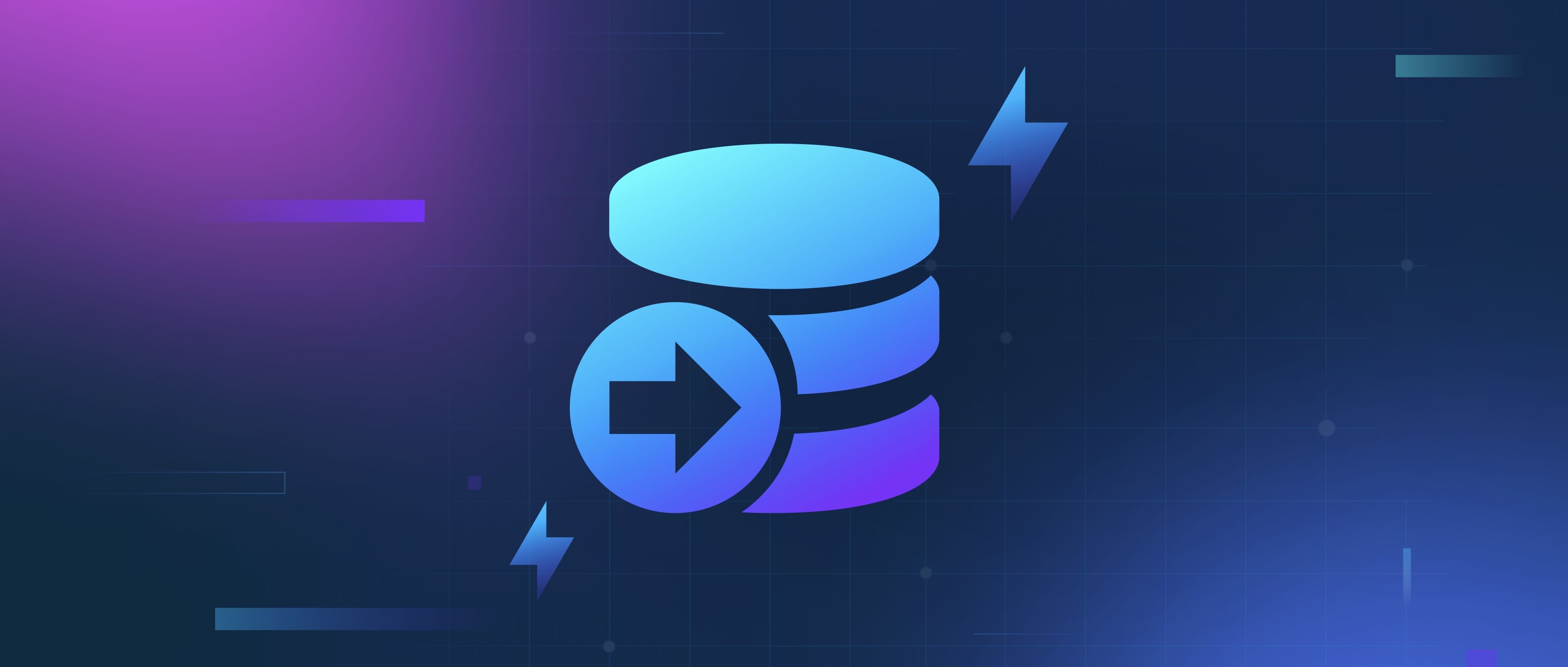A knowledge graph ontology is a structured framework that defines the relationships and categories of information within a knowledge graph. Essentially, it provides a shared vocabulary and set of rules that guide how data is organized and interrelated. By establishing this foundational structure, ontologies enable developers to create more meaningful connections between different pieces of data, allowing for better data integration, retrieval, and analytics. For instance, in a healthcare knowledge graph, an ontology might define concepts such as "Patient," "Doctor," and "Illness," along with the relationships that link them, like "treats" or "diagnosed with."
An ontology serves multiple purposes beyond just categorizing data. It helps in resolving ambiguities by clarifying the meanings of terms and how they relate to one another. For example, if the term "Apple" is used, an ontology can indicate whether it refers to the fruit or the tech company based on the context. This is particularly useful in domains with complex and overlapping terminologies, such as biology or law. By utilizing ontologies, developers can ensure that their applications interpret data consistently, which leads to more accurate search results and improved decision-making processes.
Moreover, building a knowledge graph with an ontology enables interoperability between different systems. When different databases are designed with the same ontology, they can more easily share data and insights. For example, if an e-commerce platform and a logistics software both use the same ontology for defining "Product" and "Inventory," they can seamlessly exchange information about stock levels and order statuses. This interoperability not only enhances data accuracy but also streamlines workflows and improves overall system efficiency, making it an essential concept for developers working with knowledge graphs.
